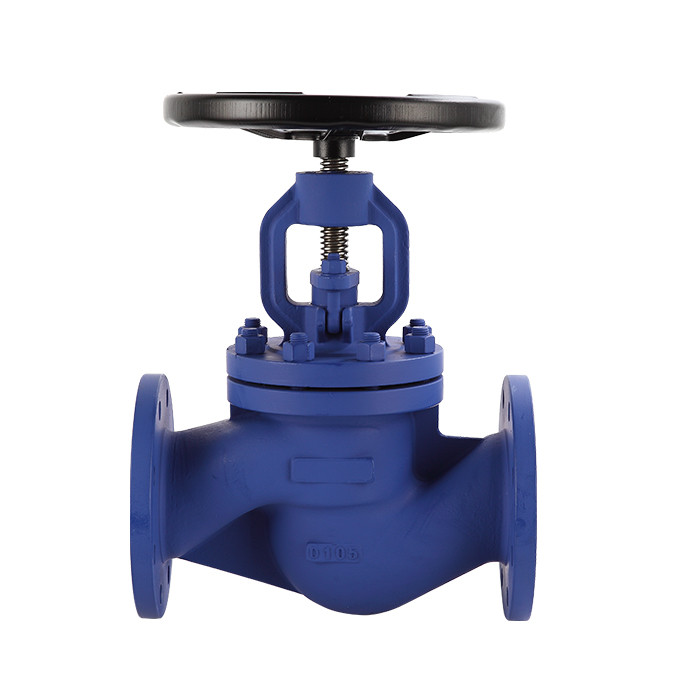Floating ball valves have different ways of working. One is to increase the flow of fluid through the valve by partially turning the ball disc in one direction. In the other, the ball is rotated 90 degrees to face the flow of media. This system also creates an orifice that changes size as upstream pressure acts on the valve. As a result, the floating ball valve can either open or close in either direction.
Floating ball valves are very versatile, making them an excellent choice for many applications. Because they allow bi-directional flow, they’re ideal for space-constrained environments. They are lightweight, reliable, and can be used in a variety of applications, including transmission lines, storage facilities, and more.
Floating ball valves have one common advantage over trunnion-mounted valves. The floating ball is more compact and lightweight than the trunnion-mounted valve, so it can be used in smaller projects. Floating ball valves can be used for either one-way or bi-directional shut-offs. They also provide a low-pressure solution. And because they can be easily turned 90 degrees, they’re an excellent choice for low-pressure projects.
If you want to know more about a floating ball valve and how it works, continue reading this article.
Table of Contents
ToggleWhat Is a Floating Ball Valve?
Floating ball valves are a popular type of ball valve and have a variety of applications. This type of valve comes with a floating or suspended ball that moves due to the pressure to control the flow. Their main function is to control the flow of liquids in pipelines.
A floating ball valve works by sandwiching a hollow ball between two cupped seats. The ball moves upstream when onstream pressure increases. When the pressure drops, the ball moves downstream. The resulting seal prevents the liquid from leaking out. This valve is typically operated by a lever, gear, or pneumatic/hydraulic actuator. A floating ball valve features a seat that seals when a liquid flow is reversed.
The Working Principle of a Floating Ball Valve
Floating ball valves are used in various applications to control the flow of a fluid. The principle behind their operation is simple: a ball contains a hole in the center. This hole serves as the flow opening when the cross-section of the fluid flow path and the bore are coplanar. If the two are not coplanar, flow is throttled. Floating ball valves may consist of a solid ball with a consistent opening diameter throughout the structure. This makes fluid flow through the valve smooth and steady.
A floating ball valve is most common in applications where the pressure is low. This type of valve is suited for a range of fluids, including gases and liquids. However, it cannot be used when the pressure on the upstream side is high because the ball directly absorbs the fluid’s gravity.
A floating ball valve is operated by a mechanical actuator. The stem moves to turn the ball disc to face the flow of media. A ring connects the stem to the actuator. Depending on the actuator, it can be operated manually by an electric motor, pneumatically, or hydraulically. Its working principle is similar across all housing types. But the housing design determines the cost of ownership and repair.
The operating mechanism of a floating ball valve is simple. The seat is connected by a stem while the ball is freely suspended. When the actuator is pressed, the stem moves, thereby creating pressure that allows the ball to move towards the seal and close the flow. The upstream seat acts as a secondary seal. A floating ball valve uses a seat that holds the ball in place while it floats in the valve body. As a result, downstream pressure pushes the ball against the downstream seat and forms a leak-tight seal.
Floating ball valves are found in various types of water systems, such as bucket pumps and toilet tanks. The working principle behind a float valve is simple. When the level of water in a pipe reaches the threshold, a floating ball or bowl activates the valve. As a result, the pressure is reduced, and water is allowed to flow through the pipe. When the water level increases, the valve closes, stopping water flow.










